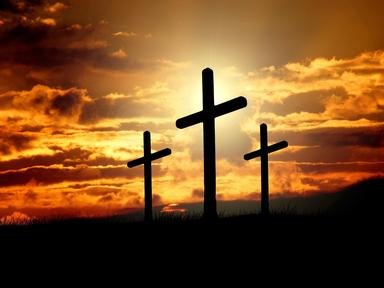Quiz Answer Key and Fun Facts
1. Elizabeth Barton was executed in 1534 for prophesying which of these about Henry VIII?
2. Between 1555 and 1558 several groups of Protestant martyrs were burned at the stake. In which important Christian settlement did they meet their fate?
3. Having been the Church of England chaplain to Edward VI, who probably knew his days were numbered when Mary I came to the throne? He died in 1555.
4. Anne Askew was an early Protestant martyr, executed in 1546. She outspokenly rejected which particular Catholic doctrine?
5. Bishop John Fisher was executed in 1535. Which faith did he follow?
6. Margaret Pole, Countess of Salisbury, was executed on the orders of Henry VIII in 1541. She was a member of which dynasty?
7. Thomas Cranmer was burned at the stake in 1556. What position had he held during the reigns of both Henry VIII and Edward VI?
8. The 1569 Rising of the North was an attempt to remove Elizabeth I from the throne. Which of these nobles was one of the leaders and was beheaded for treason in 1572?
9. Margaret Clitherow was martyred for her faith in 1586. She was killed by which unusual method?
10. Whose last words are recorded as being 'I die the king's true servant, but God's first'?
Source: Author
rossian
This quiz was reviewed by FunTrivia editor
LeoDaVinci before going online.
Any errors found in FunTrivia content are routinely corrected through our feedback system.
